This is a guest post by Cindy M. Wu, Program Manager at Houston Welcomes Refugees, author of A Better Country: Embracing the Refugees in Our Midst, and co-author of Our Global Families: Christians Embracing Common Identity. (And also my sister-in-law)
On the weekend of June 14-16, 2019, I was privileged to participate in a border immersion trip to the San Diego/Tijuana border with The Global Immersion Project. It was a deeply impactful experience, one I would highly recommend to anyone wanting to go beyond news headlines and rhetoric to seeing with your own eyes and immersing yourself in the context of those most affected by immigration and border issues. I heard from people on both sides of the wall, from DACA recipients to Border Patrol agents to deportees. I slept in a migrant home, sharing a table and a roof with displaced boys and men. I visited a detention center. I heard directly from peacemakers who are fully invested in restoring their communities. I saw the humanity that is too often overshadowed by the complexities of the issues. It was an experience I’ll never forget.
Day 1:
We started bright and early with a conversation with a DACA recipient and learned of the struggles she faced once her status was revealed to her as a high schooler. I was struck by her work ethic and resilience. Then we crossed the border into Tijuana and began the immersion journey, led by local peacemakers (featured in the photo below: woman in the black floral shirt, gentleman in the green shirt).

*

*

*
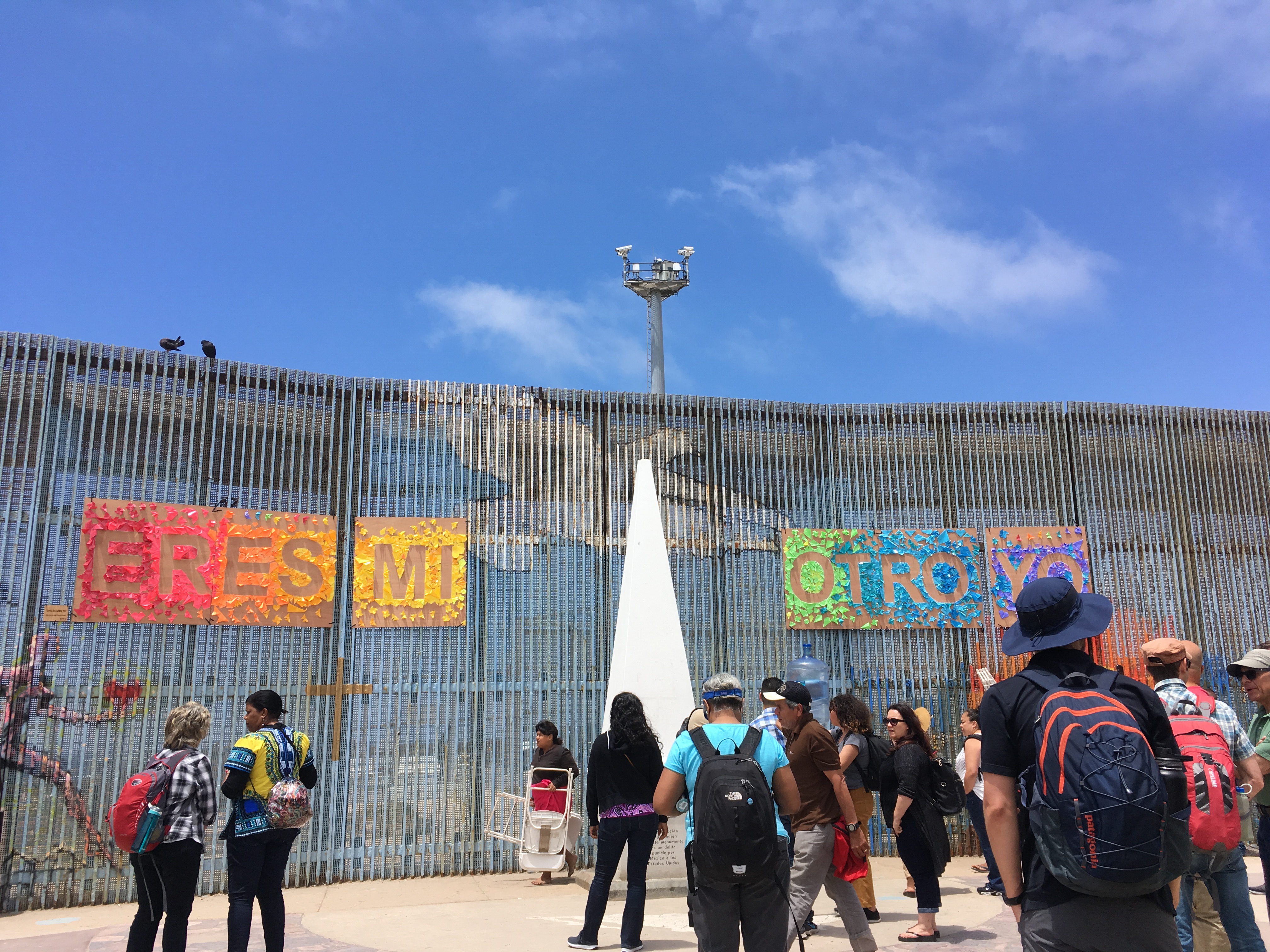
*

*
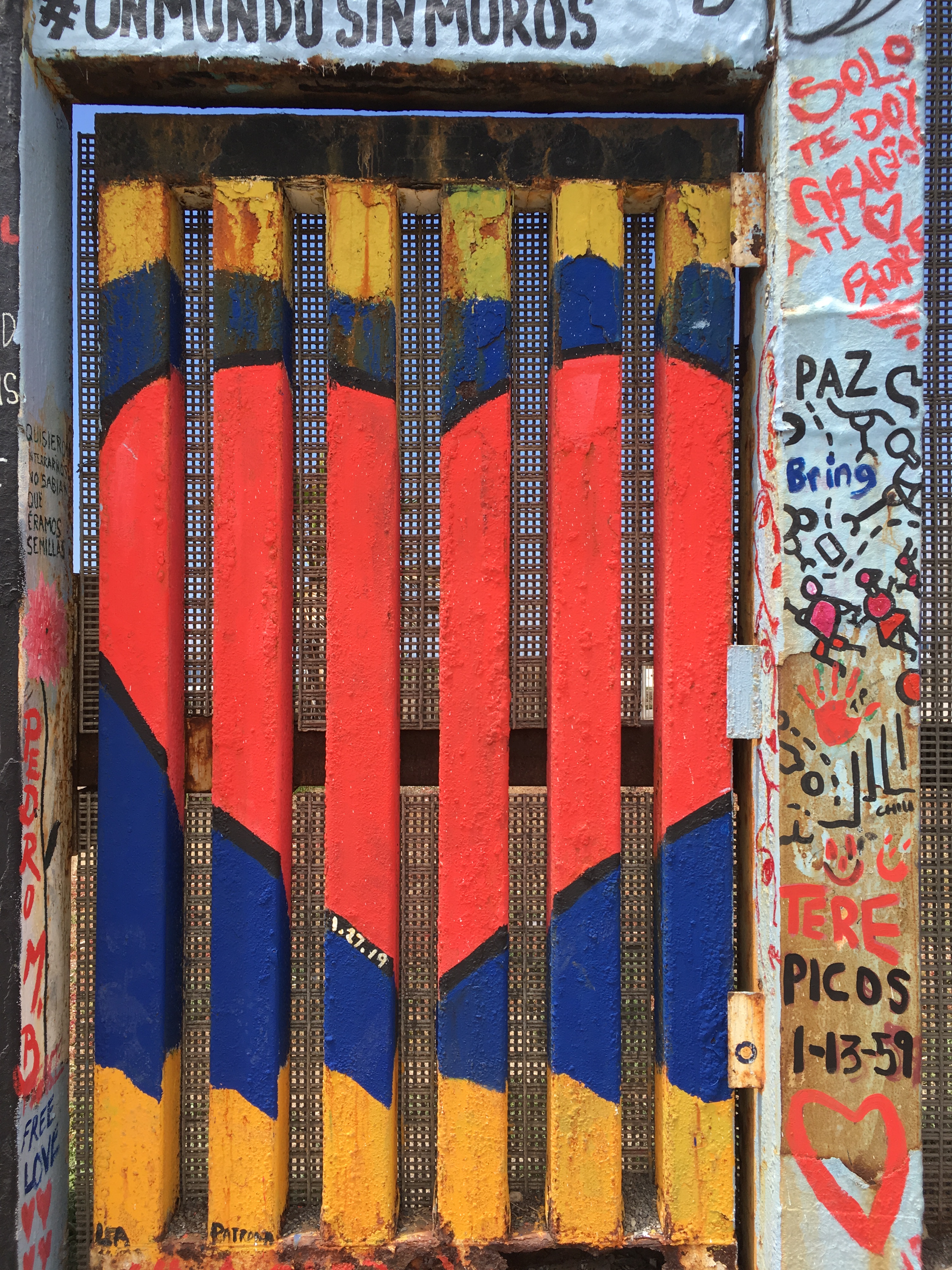
*

*
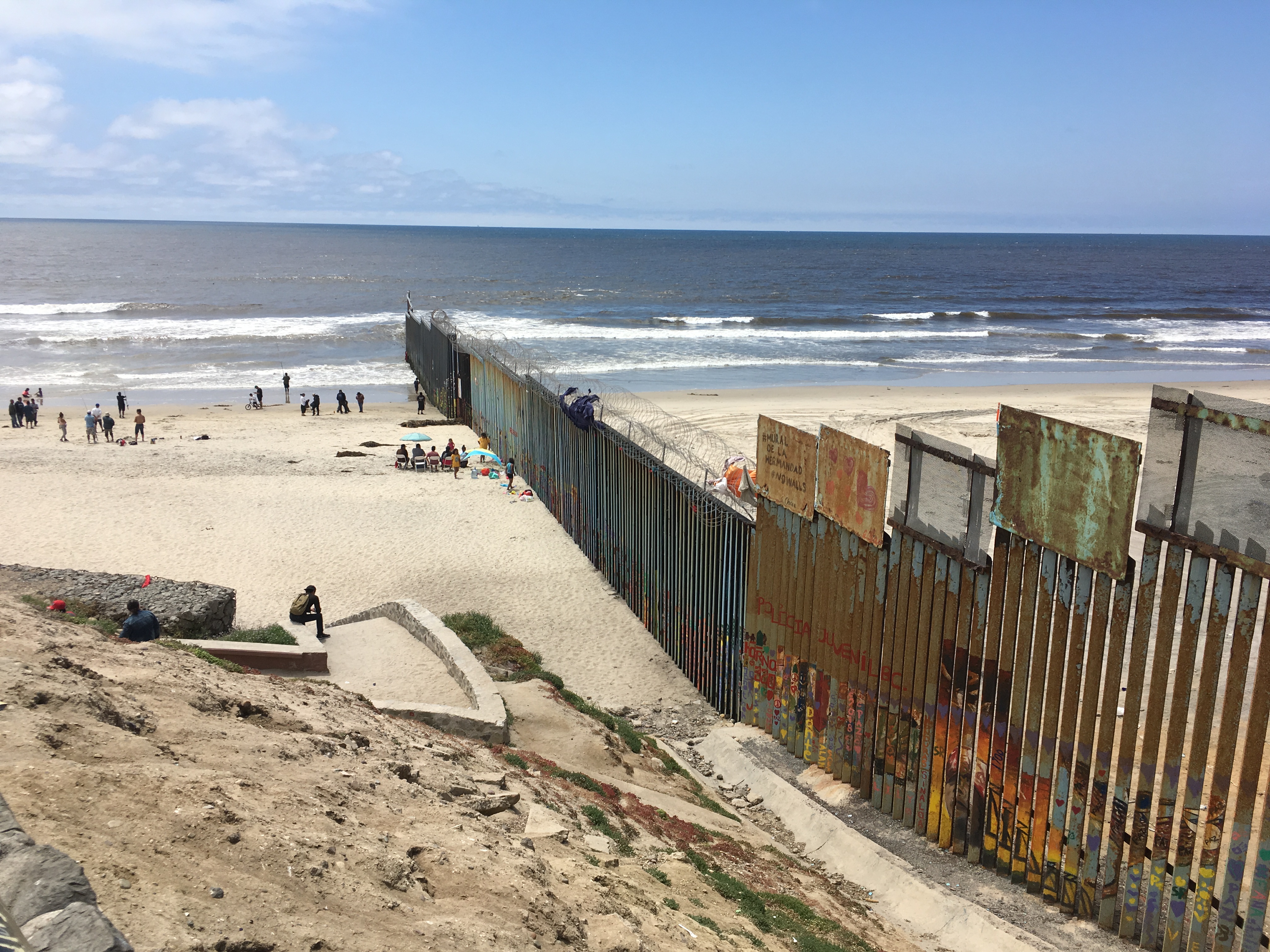
*

*

*

*

*
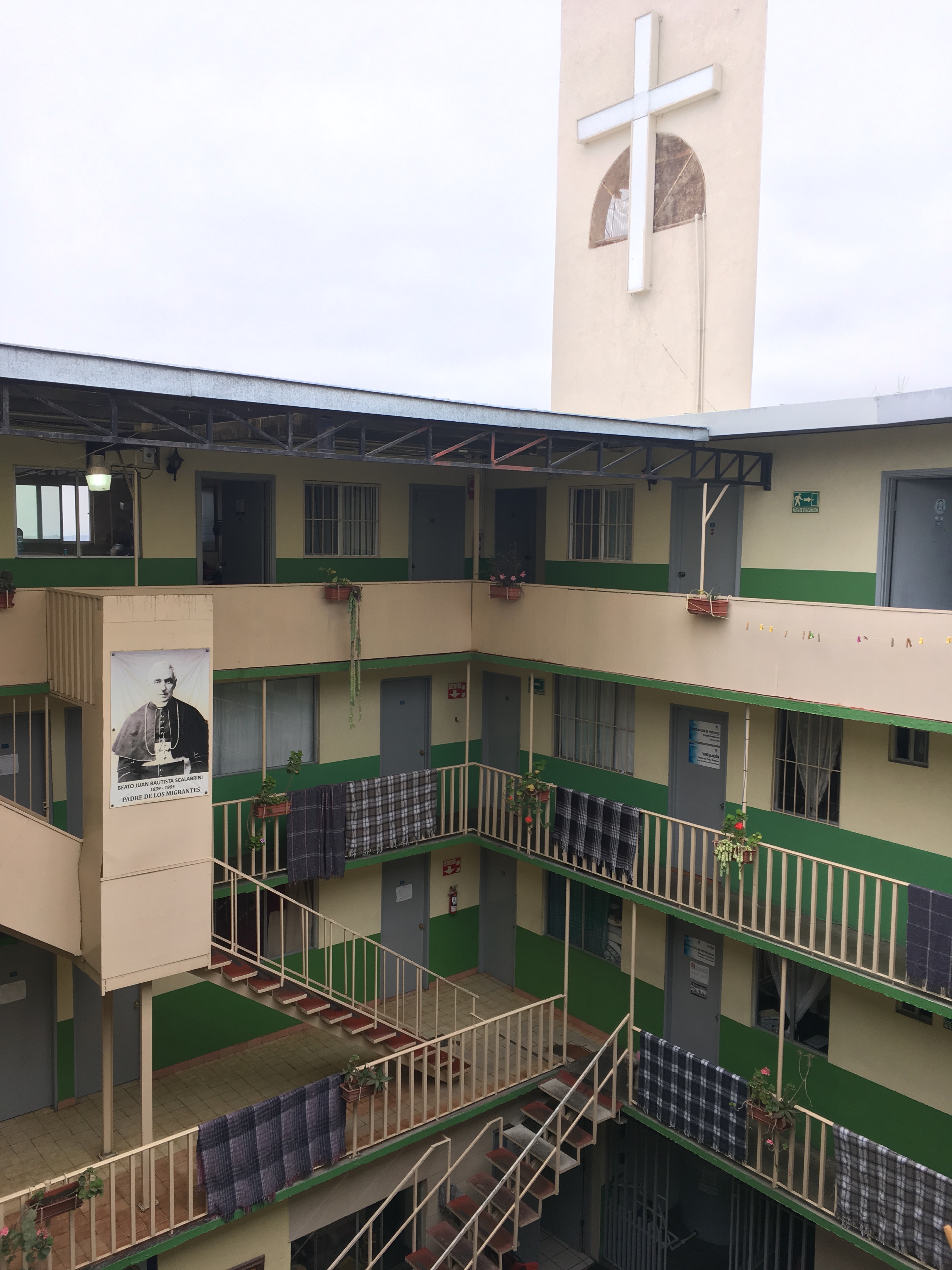
~~~~~~~~~~~~~~~~~~~~~~~~~~~~~~~
Day 2:
One of the most sacred moments on the trip was participating in Border Church, a brief service officiated by a Methodist pastor on the US side and a Catholic pastor on the Mexico side.


*

*

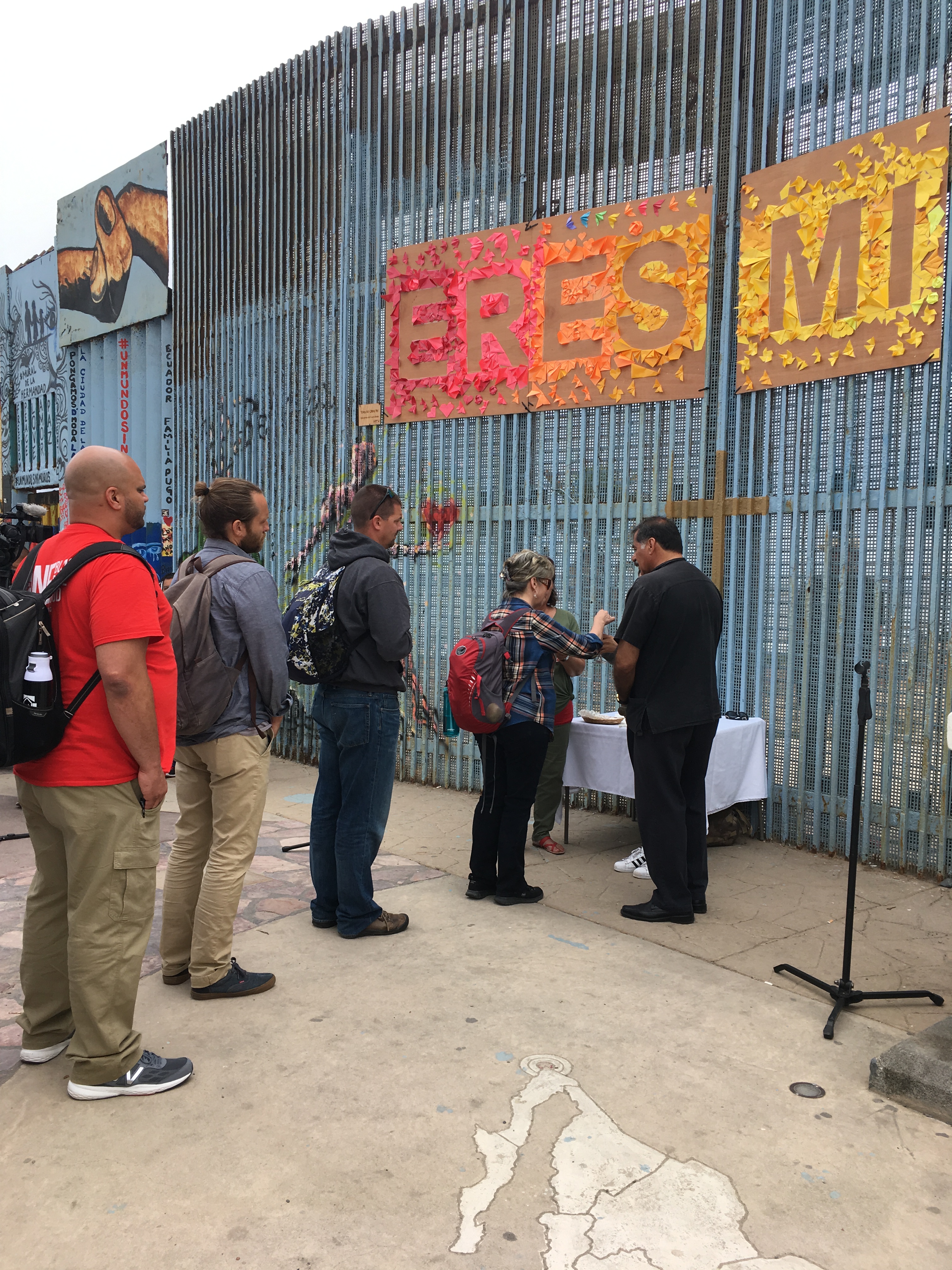
*
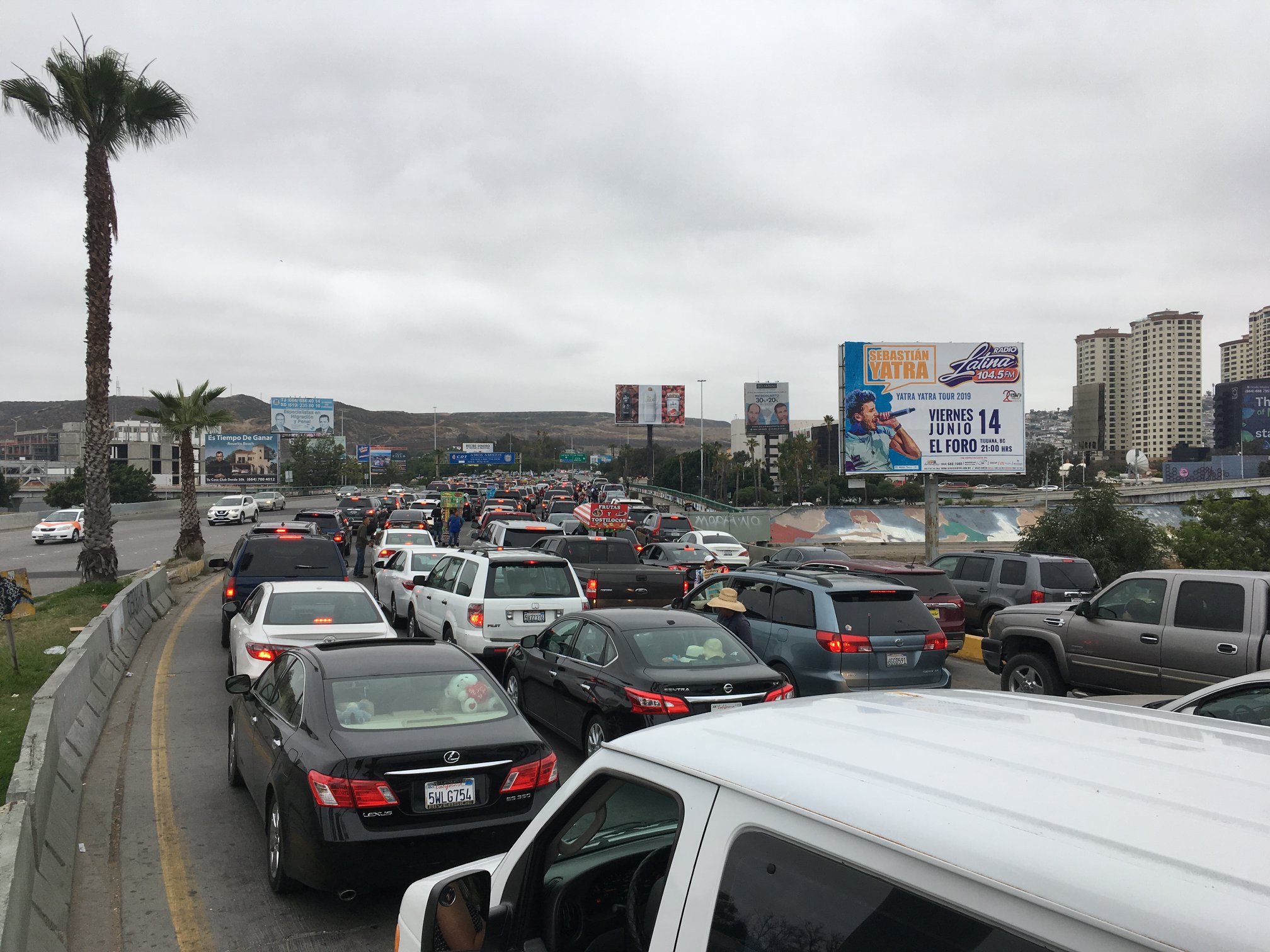
~~~~~~~~~~~~~~~~~~~~~~~~~~~~~~
Day 3:
This was such a gift: we got to hear from and talk to both Border Patrol agents and Border Angels (humanitarian activists). Afterwards, we had the rare opportunity to tour a detention center. I’m still processing what I saw there. We also visited Chicano Park, the nation’s largest collection of outdoor murals and result of a nonviolent people’s land takeover.

*



Some final thoughts: It’s important to realize that people bear witness in different ways. Not every trip to the border is the same. Without critical heart work and foundational research beforehand, people can actually walk away from their time at the US-Mexico border with their political and personal biases intact, even reinforced.
If you’re interested in getting beyond the polarized rhetoric on immigration policy and you have the time and resources for it, I highly recommend an immersion trip with the Global Immersion Project. If you can’t go yourself, then read the stories and testimonies of those who have gone through this unique immersive process. The Understanding phase of the Global Immersion Project begins 5 weeks before each trip. Participants are required to explore the historical development of a particular conflict. They look at diverse theological frameworks, international politics, social and economic implications, and the four practices of Everyday Peacemaking. The goal of this phase is to equip participants to enter into relationships more compassionately and into conflict more intelligently.
Categories: Immigration, Uncategorized